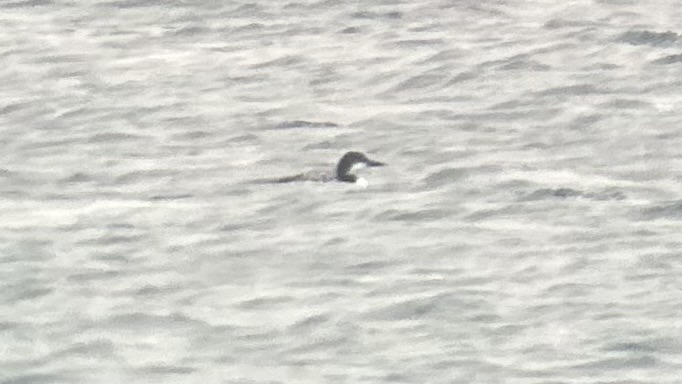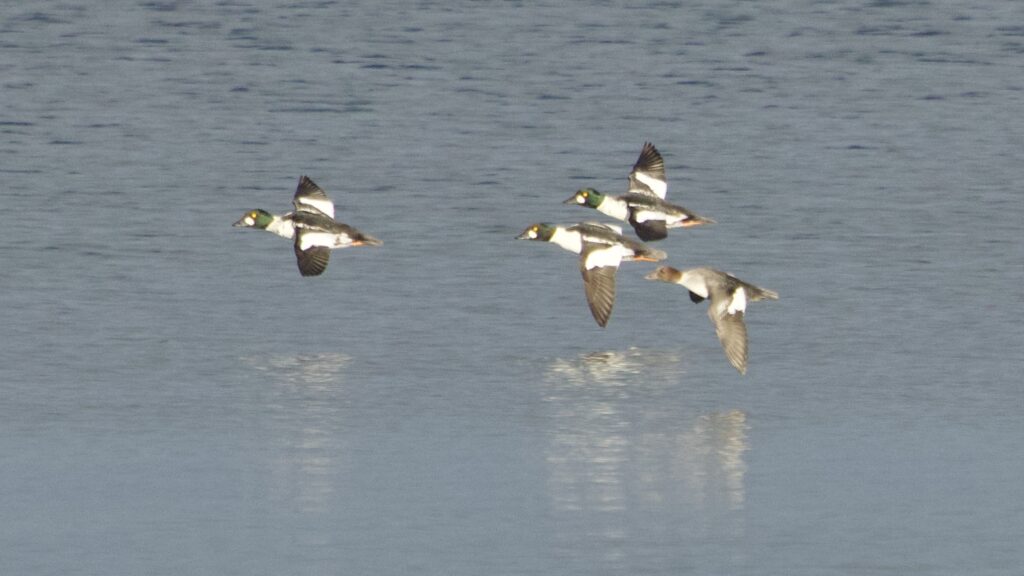This week was exceptionally productive for the waterbird count. Numerous days with strong westerly winds produced consistent movement.
Scoter action continues to be plentiful! Four separate counts this week recorded all three species of scoter. Black Scoters (14) have been observed almost daily. Surf (6) and Black Scoters are often mixed in with the more abundant White-winged Scoter (328) flocks.

Dabblers have reached the end of their migration window but are still passing through in small numbers. A notable push of 150 American Wigeon (173) was observed on November 3rd. Occasional sightings of American Black Ducks (13) and Northern Pintail (12) were also recorded.
October 31st brought the first group of Tundra Swan (6) for the fall season! These late season migrants travel in large flocks at high altitude as they leave their Arctic breeding grounds. Tundra Swans closely resemble Trumpeter Swans. Both are highly migratory. In flight, Trumpeter Swans are bulkier and sluggish, with quicker wingbeats. Numerous groups of Trumpeter Swans (9) were also spotted this week.

Weeks of impressive loon flights have so far tallied 3,380 Common Loons (286) and 145 Red-throated Loons (12). An exciting moment occurred on November 2nd as the first Pacific Loon (1) for the count landed at McGulpin Point! It offered distant, but satisfying views as it foraged offshore. The breeding range of Pacific Loons extends east across Hudson Bay, and individuals often end up on the Great Lakes during winter and migration. Sightings in the east are becoming more regular. Compared to Common Loons, Pacific Loons are smaller in size with a slender bill, clean neckline and thin chinstrap.

Favorable conditions resulted in an uptick of movement for many species this week. Bonapartes Gulls (80) have been highly active. This social gull typically moves in tightly knit, cohesive flocks. Winter diving ducks have also been far more abundant. Notable flights include 85 Bufflehead (123) on November 2nd and 467 Common Goldeneye (595) on October 4th.

